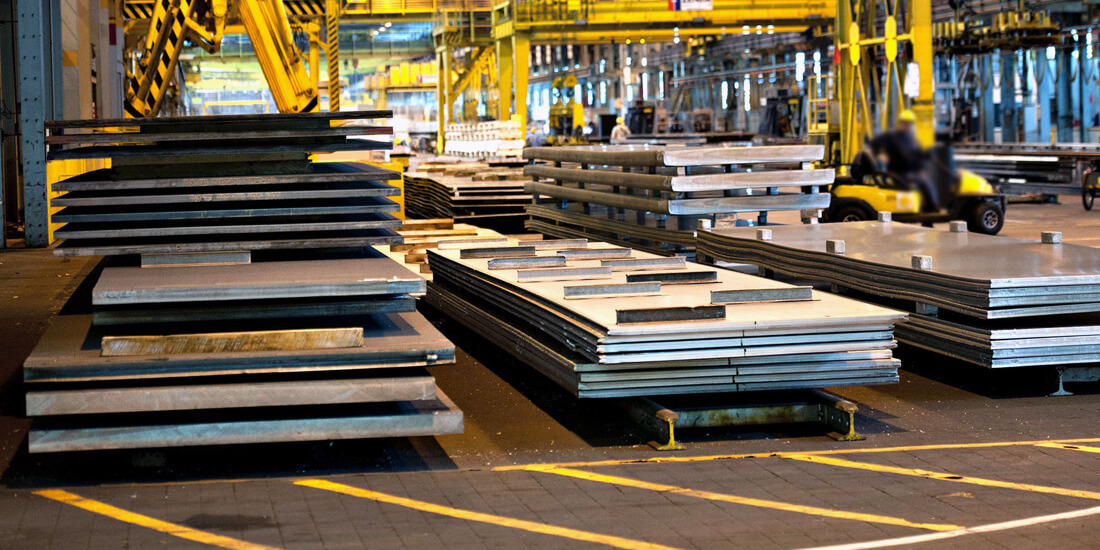Supply woes in China to keep steel prices elevated; India could see hike post monsoon: JPMorgan

Original Source of this post is:
https://www.cnbctv18.com/market/commodities/supply-woes-in-china-to-keep-steel-prices-elevated-india-could-see-hike-post-monsoon-jpmorgan-10835342.htm JP Morgan India is of the view that Indian steel prices are at nearly 15 percent discount to imported steel prices. So, once the busy season starts in India, post-festive season, demand will improve sequentially and there is hope for some increase in steel prices locally.
The Evergrande issue in China is unlikely to cause any great contagion, atleast that is the consensus. To discuss what is happening with metal prices in India, CNBC-TV18 caught up with Pinakin Parekh, India oil & gas, metal research, JPMorgan India.
On Evergrande’s impact on steel prices, Parekh said, “The view from JPMorgan research team in China is that this is not a systemic risk. There would be impact on steel demand and metals demand because of what’s happening in the property sector. But a couple of things to highlight over here. The first is that while property accounts for over a third of steel consumption in China, the view is that we are going to see manufacturing pick up from here, we are going to see more fiscal support come from China, which will support steel demand in other sectors. The second which is what spooked the markets was that we are seeing a parallel between what’s happening now and what happened in 2015-16. When you had property-led slowdown, steel demand fell and steel production was not curtailed, which led to a sharp collapse in steel prices.”
He further mentioned, “The main difference between this cycle and the last cycle is that the supply-side response has preceded the demand collapse, weakness in demand. China August steel production was down nearly double digits, September is also trending lower on a year-on-year (YoY) basis. So what we should see is that steel prices hold up from where we are right now. We have visibility on production cuts across industries in China, at least continuing till February and March. So for the next six months, we don’t see a glut of steel inventories in China. So if you have stable export prices out of China, that also should mean stable to higher steel prices in India.”
He explained, “If one were to look at commodities, then broadly we have had commodity prices move higher over the last few weeks – aluminium, coal, oil, gas, but steel prices have broadly been stable across the three markets- US is near $2,000, Europe is near $1400 and Asia is near $900 a tonne.”
“Seasonally, we are in a weak demand period in Asia and Europe. In Asia, it’s because of the monsoons in India and China; demand will sequentially improve from where we are. So when we look at Indian steel prices, they are at a nearly 15 percent discount to imported steel prices. So, once we see the busy season start in India, post-festive season demand will improve sequentially, there is hope for some increase in steel prices locally. We are among the lowest prices in the world at this point of time,” Parekh explained.
On aluminium, he said, “What is happening is that aluminium is essentially going through what has been happening to steel over the last 18 months. So, aluminium has a similar story which is that of ex-China, the world is deficit in aluminium and it relies on Chinese aluminium exports to meet demand and because of the emission focus, we have seen aluminium production in China slow down materially. In fact, it was broadly flat in August. So the aluminium markets globally have tightened. You also have costs pushing aluminium and at the end of the day, aluminium is nothing but energy costs and coal has risen as well. So you have a combination of lower supply coming out of China and higher energy costs which is pushing aluminium prices.”
“So in the near term, given how strong demand is in the West, the chip shortage aside, it is difficult to see what can push down aluminium prices sharply from here. For the Indian aluminium industry, $2900 or $3000 aluminium prices are very, very good, though there is some pressure on costs given what is happening with coal in India as well,” Parekh said.
On coal, he said, “Coal is being impacted the most because of what’s happening in ESG and emissions. So globally, there is very little coal capacity under implementation. The only two countries which are working on coal projects effectively are India and China. What has happened with coal is that you have had a massive gas shortage – LNG shortage due to a combination of factors. Spot LNG prices are at lifetime highs and that in turn, in a tight coal market, has put further pressure on coal prices because there are many plants which can switch between coal and gas.”
According to Parekh, what we saw was that power demand was very strong in India, in August. As a result, inventories just collapsed at power plants. He said, “Now we have a situation where imports currently have become very expensive. So, it’s difficult to see what will lift coal tightness because we are entering winter, which is seasonally strong and is heating demand in western China. For the next four to five months, coal, gas demand will remain very strong. So, prices coming off from here looks difficult, at least for the next couple of months.”
